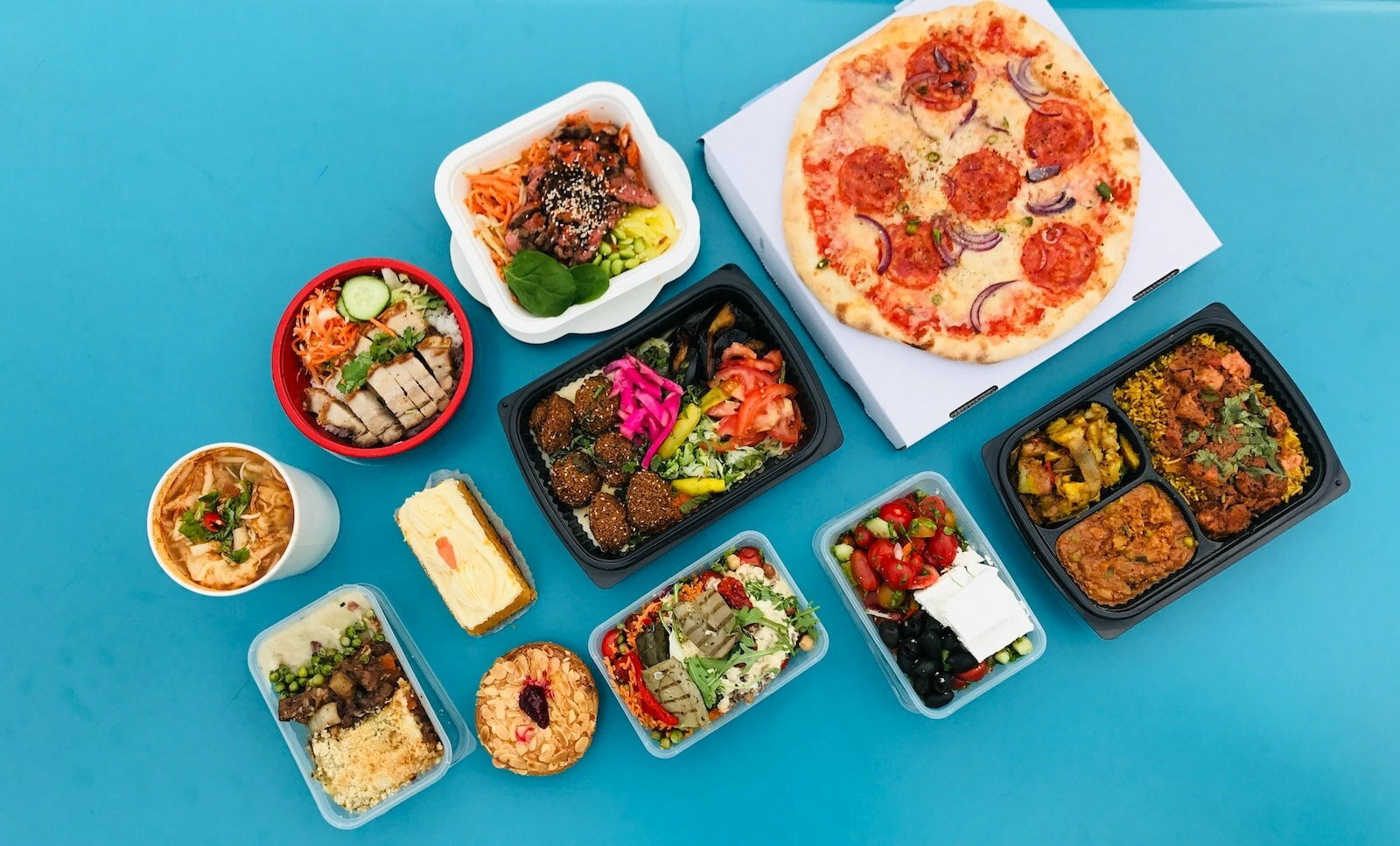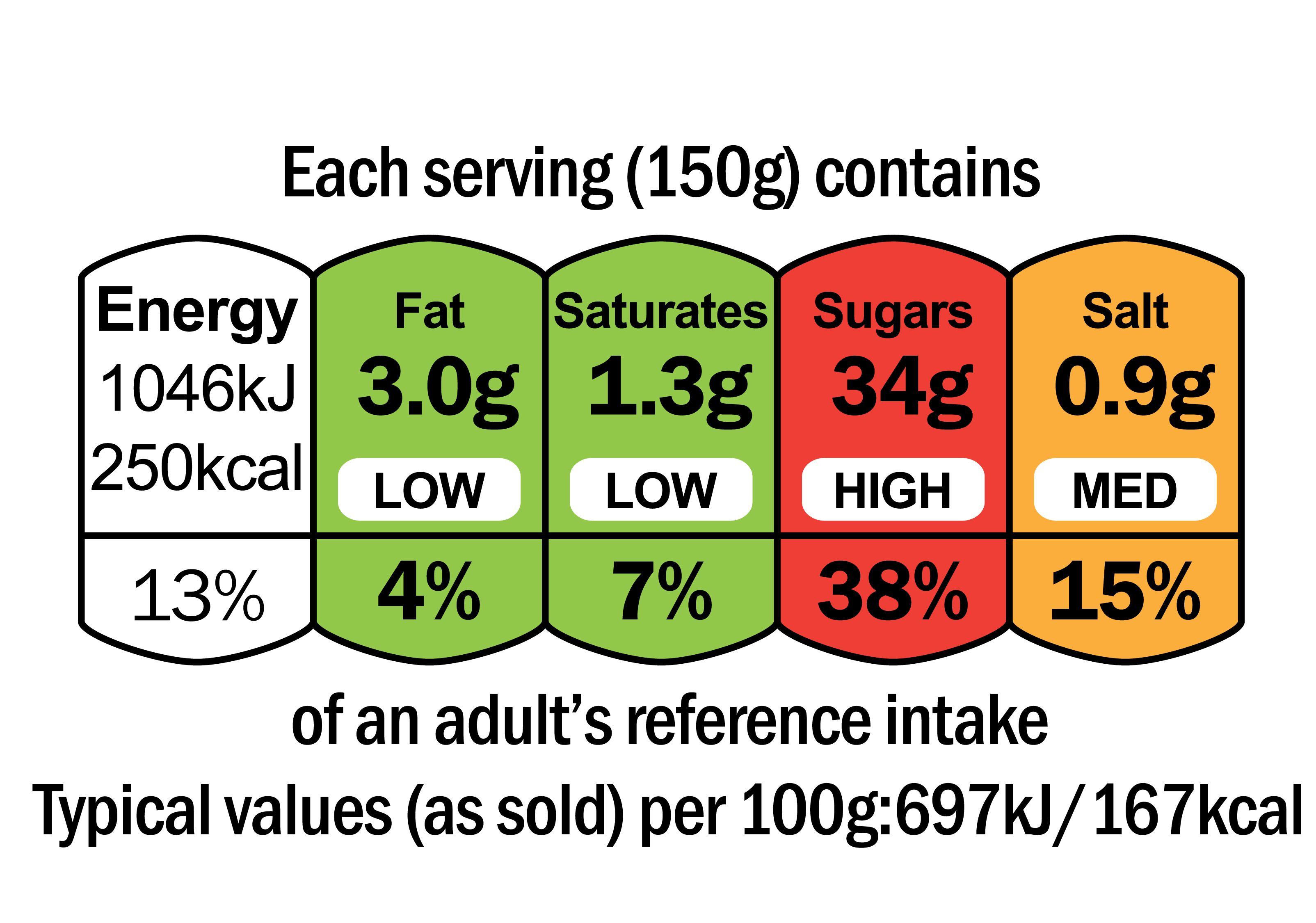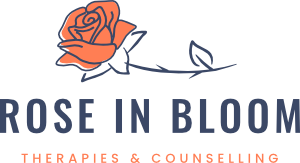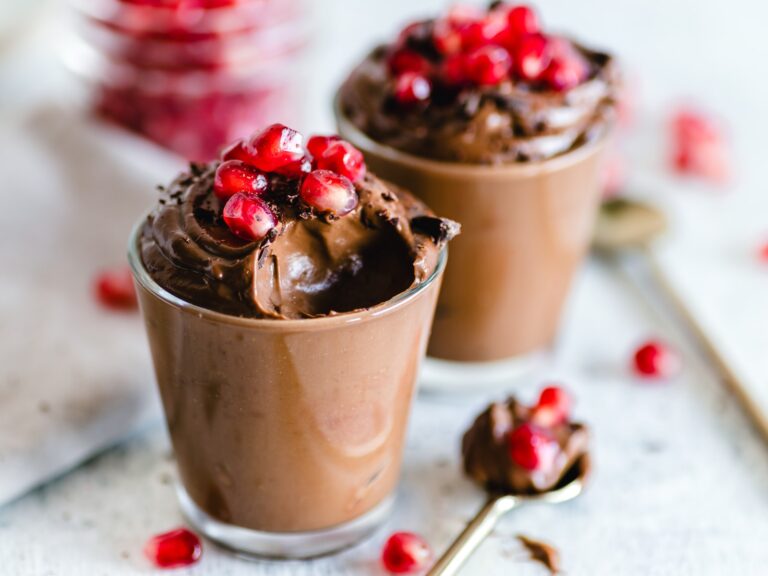-
9AM - 5PM
How to Identify Hidden Sugars in Your Diet
Hidden sugars lurk in many foods, often disguised under different names. Learning to identify these can help control your sugar intake.

Hidden sugars lurk in many foods, often disguised under different names. Learning to identify these can help control your sugar intake.
Sugar is an omnipresent component in contemporary diets, often concealed in the most unexpected places. It’s not just in the evident suspects such as sweets, biscuits, and cakes, but also lurking in foods we frequently consider healthy or savoury. Understanding where these hidden sugars reside is crucial for maintaining a balanced diet and taking control of your nutritional intake.
The Many Names of Sugar
Sugar is a master of disguise, hiding behind numerous names on food labels. From glucose and fructose to maltose and dextrose, the list is long and diverse. Sucrose, high-fructose corn syrup, barley malt, and rice syrup are just a few of the 61 different names sugar can go by on food labels. Familiarising yourself with these names can help you outsmart the hidden sugars and make informed choices about your diet.
Unexpected Sources of Sugar
Unmasking the most surprising sources of sugar can be an eye-opening experience. Here are a few that might shock you:
- Savoury Foods: Believe it or not, many savoury foods like ready-made meals, bread, and pasta sauces often contain added hidden sugars. Indeed, manufacturers add sugar to 74% of packaged foods sold in supermarkets, making it a hidden ingredient in many of our daily foods.
- “Healthy” Foods: Even foods that many of us consider healthy, like yoghurt and energy bars, can be high in sugar. For example, one leading brand of yoghurt contains 7 teaspoons (29 grams) of sugar per serving, and a breakfast bar made with “real fruit” and “whole grains” lists 15 grams of sugar.
- Low-fat and “Diet” Products: When food manufacturers remove fat, they often add sugar to compensate for the lost flavour. These products, whilst marketed as healthier options, can sometimes contain more hidden sugar than their full-fat counterparts.
- Breakfast Cereals: Whilst they may seem like a healthy start to the day, many cereals are loaded with sugar. For instance, a single cup of bran cereal with raisins, in a box advertising “no high-fructose corn syrup,” contains 20 grams of sugar per serving.
- Fruit Juices and Smoothies: Although fruit is healthy, juices and smoothies can contain large amounts of sugar due to their concentration. A cranberry/pomegranate juice product, for instance, contains 30 grams of added sugar per 8 oz. serving.
See also Sugar Dependency and How it Affects Your Brain

Reading Labels: A Key Skill
Learning how to read and understand nutrition labels is vital in identifying hidden sugars. The higher up sugar is on the ingredients list, the more sugar the product contains. However, it’s crucial to remember that sugar may not always be clearly labelled as such, and it may be listed under one of its many other names. Regrettably, whilst product labels list total sugar content, manufacturers are not required to state whether that total includes added sugar, which makes it difficult to know how much of the total comes from added sugar and how much is naturally occurring in ingredients such as fruit or milk.
Healthier Alternatives
Switching to healthier alternatives can help reduce your sugar intake. Opt for whole foods, prepare meals at home, and be aware of your portion sizes. Avoiding processed foods, where added hidden sugars are most commonly found, can also significantly reduce your sugar consumption.
Uncovering hidden sugars in your diet can be a complex task but is an important step in improving your health. It’s alarming to realise that the average American consumes 57 pounds (25.85kg) of added sugar each year.
While we do not have the exact figures for the UK, it is a safe bet that the numbers are similarly concerning. Understanding the many guises of sugar, the unexpected places it hides, and how to decipher food labels are all vital skills in reducing your sugar intake. As you become more aware and make changes to your diet, you will find it becomes easier to make healthier choices. Sugar control is an ongoing process, but every small step brings you closer to a healthier lifestyle.
See also Now offering Face to Face counselling and therapy session at TherapEast, Barkingside.
Make sure to subscribe to the form below to be notified of new posts!
If you’re struggling with sugar dependency, consider signing up for my Sugar Dependency Coaching Programme designed to help you understand your cravings, develop healthier eating habits, and ultimately empower you to move forward in healthier ways. I use a holistic approach and support you throughout your journey towards wellness and healing.

